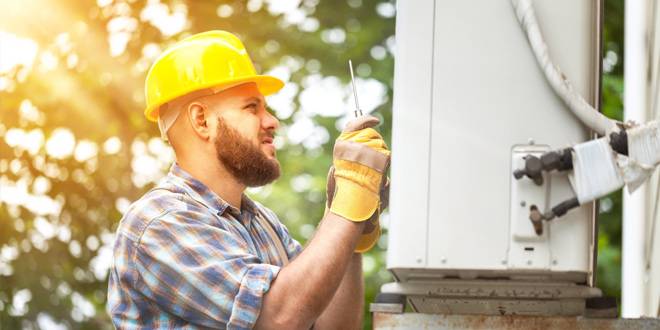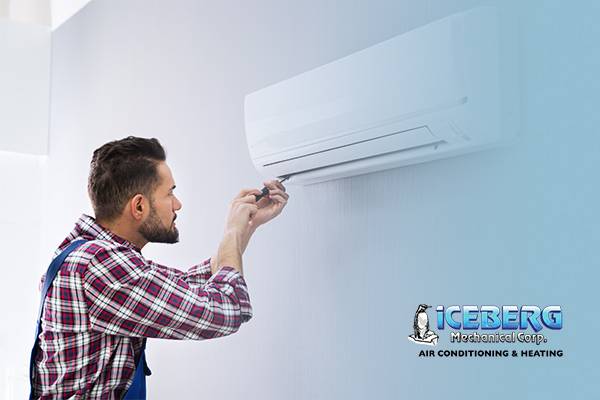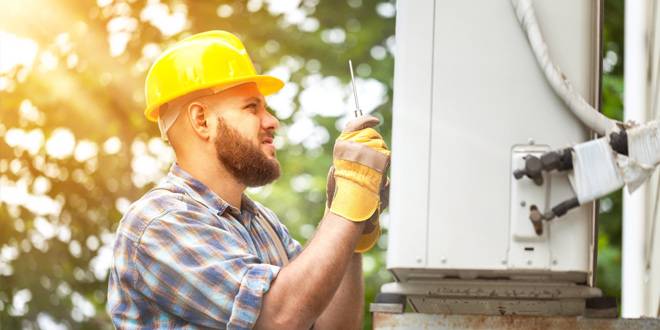Glossary of Terms:
- HVAC: Heating, Ventilation, and Air Conditioning, the system responsible for maintaining indoor comfort.
- HVAC Fan: The component in your HVAC system that circulates air throughout your home.
- Continuous Fan Setting: Also known as the “ON” mode, this keeps the HVAC fan running 24/7 regardless of heating or cooling cycles.
- Auto Fan Setting: The “AUTO” mode runs the HVAC fan only during heating or cooling cycles.
- Air Circulation: The process of moving air through your home to maintain even temperatures and air quality.
- Zoned HVAC System: A system that divides your home into zones for customized heating or cooling.
- Filtration Efficiency: The effectiveness of your HVAC filters in removing dust, allergens, and particles from the air.
- Humidity Levels: The amount of moisture in the air, which can impact comfort and health.
Should Your HVAC Fan Stay On in Winter?
The debate over whether to keep your HVAC fan running continuously (“ON” mode) or use the “AUTO” setting during winter comes down to your priorities: air circulation, energy efficiency, and comfort.
Let’s explore the pros and cons of both settings:
Keeping the Fan ON
Benefits:
- Improved Air Circulation: Running the fan continuously helps distribute warm air evenly throughout your home, eliminating cold spots.
- Better Air Quality: The constant movement of air ensures your filters are always working to remove dust and allergens.
- Reduced Wear on the HVAC System: Eliminates frequent starts and stops, which can cause wear and tear.
Drawbacks:
- Higher Energy Costs: Running the fan 24/7 consumes more electricity, especially with older systems.
- Increased Filter Maintenance: Since the fan runs continuously, filters may clog faster, requiring frequent replacement.
Using the AUTO Setting
Benefits:
- Energy Efficiency: The fan only runs when the furnace is actively heating, reducing electricity usage.
- Lower Maintenance Needs: Filters don’t need to be replaced as often, and the system experiences less wear.
Drawbacks:
- Uneven Heating: Rooms further from the furnace or with poor insulation may develop cold spots.
- Potential for Stale Air: Without continuous circulation, the air in your home may feel stagnant.

🔥 Comparing HVAC Fan Settings
| Setting | Pros | Cons | Best For |
| ON | Even air circulation, improved air quality, less wear on the fan motor. | Higher energy costs, faster filter wear. | Homes with uneven heating or allergy concerns. |
| AUTO | Lower energy costs, less filter maintenance. | Uneven heating, potential for stale air. | Homes with good insulation and consistent temperatures. |
When to Choose Each Setting
Choose the ON Setting If:
- You experience uneven heating in your home.
- Family members have allergies or asthma and need constant air filtration.
- Your home has hot or cold spots due to poor insulation or ductwork design.
Choose the AUTO Setting If:
- Your primary concern is minimizing energy costs.
- Your home is well-insulated with no noticeable cold spots.
- You don’t have specific air quality concerns requiring continuous filtration.
For more personalized advice, schedule a consultation with Iceberg Mechanical’s heating services.
Tips to Optimize Your HVAC Fan Usage in Winter
1. Upgrade to a Variable-Speed Fan
Variable-speed fans adjust their speed based on your home’s heating needs, combining the benefits of both ON and AUTO settings. If your current system doesn’t support this, consider upgrading with our heating installation services.
2. Improve Insulation
Adding insulation to walls, attics, and windows can help maintain consistent temperatures, reducing the need to run the fan continuously.
3. Maintain Your System Regularly
A well-maintained HVAC system is more efficient, whether you use the ON or AUTO setting. Schedule annual heating maintenance to keep your system in peak condition.
4. Use Zoning for Better Control
A zoned system allows you to customize airflow for different areas of your home, improving comfort without overworking your fan.
5. Regularly Replace Filters
Clogged filters make it harder for the fan to circulate air effectively. Check and replace filters every 1-3 months.
🌟 Fun Facts About HVAC Fans
- Constant Motion: Modern HVAC fans are designed to run continuously without overheating or excessive wear.
- Fan Settings Evolution: Older HVAC systems didn’t offer the ON setting; fans only operated during heating or cooling cycles.
- Energy Efficiency Gains: Variable-speed fans use up to 75% less energy than traditional single-speed fans.
- Air Filtration Boost: Running the fan continuously can help reduce airborne allergens by up to 30%.
- Stale Air Myth: Stale air isn’t about air sitting still; it’s often caused by poor filtration or humidity imbalances.
🧐 FAQ: HVAC Fan Usage in Winter
Q1: Will running my HVAC fan in ON mode increase my energy bills?
Yes, but the exact cost depends on your system’s efficiency and your home’s size. Variable-speed fans can reduce this impact.
Q2: How often should I replace my filters if I run the fan continuously?
You’ll need to replace filters every 1-2 months, as they’ll accumulate dust faster with continuous airflow.
Q3: Can running the fan in ON mode improve humidity control?
Yes, in some cases, continuous airflow helps balance humidity levels, especially if your system includes a humidifier.
Q4: Does running the fan continuously wear out the motor faster?
Not necessarily. Starting and stopping the fan frequently (in AUTO mode) can cause more wear than continuous operation.
Q5: What’s the best setting for energy savings in winter?
AUTO mode is the most energy-efficient option for winter, as the fan only runs during heating cycles.
Q6: Should I use the ON setting if my home has uneven heating?
Yes, the ON setting helps circulate warm air evenly, reducing hot and cold spots.
Q7: Is it worth upgrading to a variable-speed fan?
Absolutely. Variable-speed fans offer a balance between comfort and energy efficiency. Explore upgrade options with our heating installation team.
Q8: Can running the fan improve air quality during flu season?
Yes, continuous airflow keeps filters working, which helps trap airborne particles like allergens and germs.
Q9: Will a smart thermostat help with fan settings?
Yes, many smart thermostats allow you to schedule fan operation or control it remotely.
Q10: Does fan usage affect furnace efficiency?
It can. A clean, well-maintained system handles continuous airflow better than one with dirty filters or blocked ducts.

🧩 Quiz: Is Your HVAC Fan Usage Optimized?
Answer these Yes/No questions to evaluate your HVAC fan usage:
- Do you notice uneven temperatures in your home?
- Are family members experiencing allergy symptoms indoors?
- Do you frequently forget to replace your HVAC filters?
- Is reducing energy costs a top priority for you?
- Do you have a smart thermostat or variable-speed fan?
If you answered “Yes” to questions 1 or 2, consider using the ON setting more frequently. If “Yes” to 4 or 5, the AUTO setting or upgrades may be better suited for your needs.
Make the Right Choice for Your Comfort
Deciding whether to keep your HVAC fan ON or set it to AUTO in winter depends on your home’s needs, energy goals, and personal comfort preferences. Both options have benefits, but the key is optimizing your HVAC system for efficiency and performance.
At Iceberg Mechanical Corp, we specialize in helping NYC homeowners maximize comfort and savings. From heating maintenance to heating installation, our expert team is here to assist.
Have questions about your HVAC fan settings or system performance? Contact us today for a consultation or to schedule service. Stay cozy this winter with Iceberg Mechanical!


